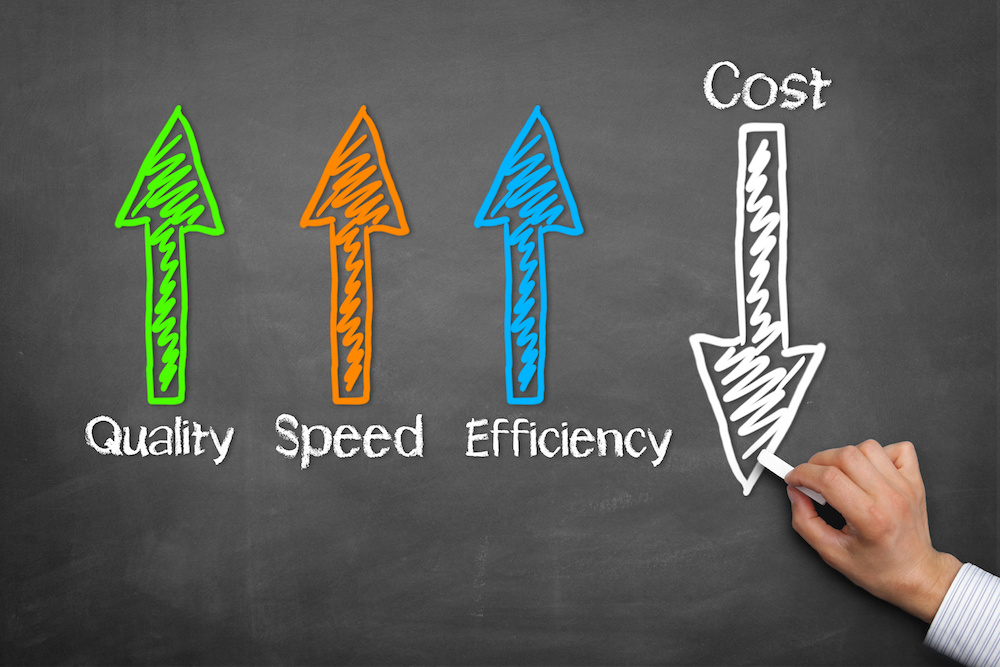Last week marked the 10th anniversary of the Customer Contact Conference, hosted by Frost & Sullivan in Marco Island, Florida. The event was an impressive culmination of new ideas, emerging data, and best practices shared among the leaders of the industry.
I had the pleasure of facilitating the session, “Using Big Data to Move from Cost-Center to Customer Engagement,” with John Bailey, the former COO of Simplexity. We led an interactive workshop with participants from such companies as Zappos, Sprint and New Balance.
We presented a fictional case study loosely based on John’s experience improving the business performance of Simplexity’s multi-site, multi-outsourcer contact center. Here are the key take-aways from our interactive discussion.
Collect and Connect Data: Contact centers already have the data in their systems, but all too often the data is sitting in silos. Connecting data across systems provides end-to-end views of the customer journey. This allows contact centers to answer four key data points — who is the customer, why did they contact you, who was the agent that handled the contact, and what was the outcome of the interaction — for each interaction.
Analyze for Insights: Once the data is collected and connected, it is possible to analyze it for insights into what factors drive performance. It also enables contact centers to profile agents and teams using measures that are important to the business.
Model for Performance: Based on the insights uncovered, it is then important to develop models to determine likely outcomes. There are various models (regression models, predictive models) that can be used to predict performance in the future. One way is to divide interactions by agent and further sub-divide by call type; then create a predictive score and use control data to test the model’s efficacy.
Automate for Improvement: Contact centers are dynamic entities, so one cannot expect a model from last year to be relevant now. Timeliness of models is important because interaction types change and agents churn. When creating models, the models need to be continuously calibrated with new information. In an ideal world, the results of model are then fed back into the operating environment in an automated manner.
The participants provided tremendously valuable insights into how they address similar challenges in their organizations. Yet, while some of the approaches and priorities differed from company to company, one point was clear: data and insights alone is of little value — modeling outcomes to find areas of contact center performance improvements and then feeding the findings back into operations is key to transforming contact centers into strategic business assets.







